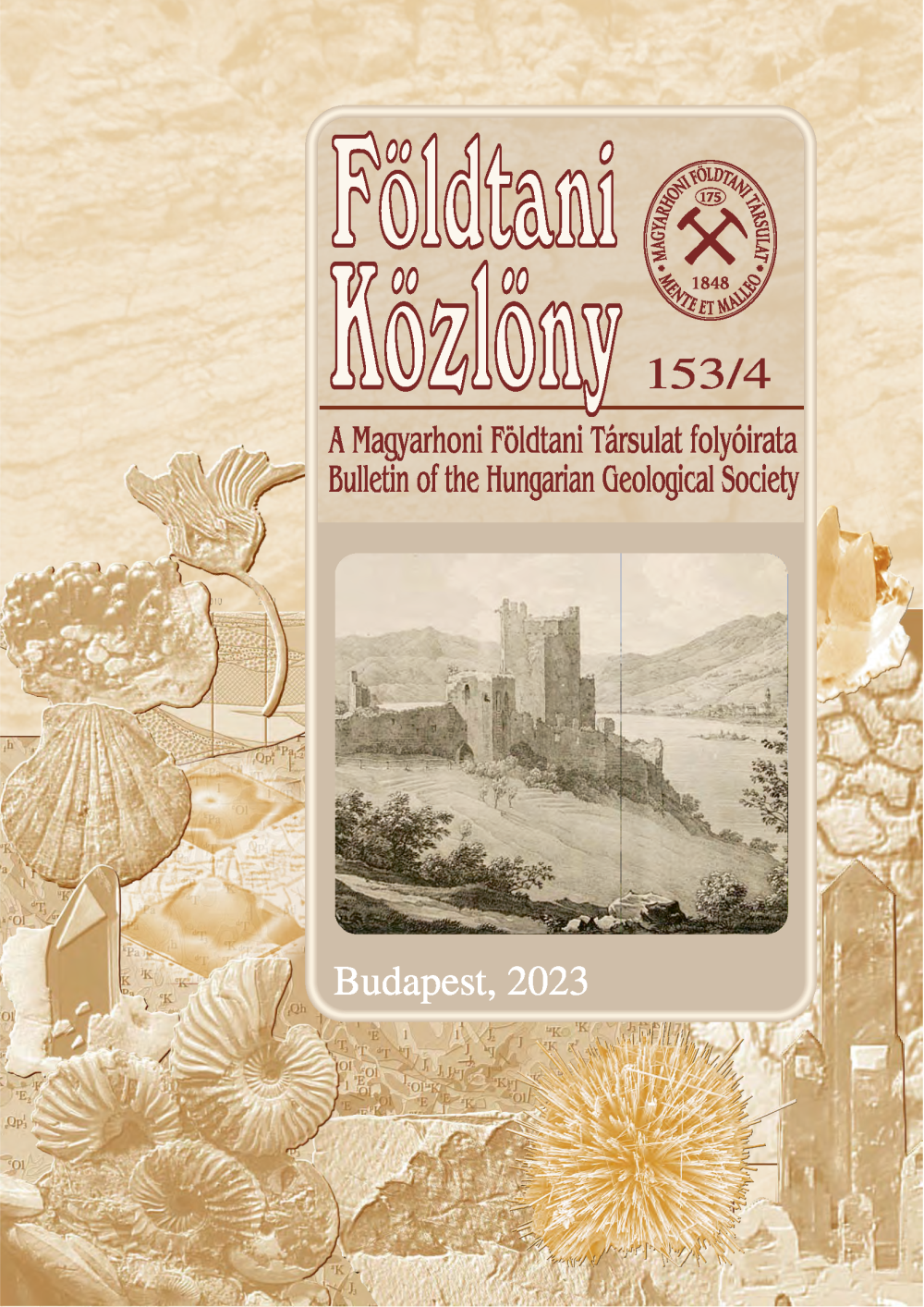Mineralogical mozaics from the Carpathian–Pannonian region 2.
Abstract
This paper focuses on the compilation of new, mosaic-like mineralogical data from the Carpathian–Pannonian region. The data are grouped into entries arranged by localities and countries. Individual entries are linked to the exact
identification of a species (or some species). These are dominantly based on XRPD, EMPA and SEM-EDX data, and are completed by the description of its/their paragenesis. The details presented here contain either the first description of a
species from the whole region or at least from the given locality.
1) Hungary. Two Bi-sulphide minerals (bismuthinite, galenobismutite) are reported here from the deep levels of the Recsk copper deposit, together with the description of two copper chloride species (eriochalcite, atacamite) deposited by
recent hydrothermal fluids. Wulfenite from the polymetallic–fluorite-type mineralisation of Pátka (in the Velence Hills) is also presented. The last entry is phillipsite-Na from Bátonyterenye, where the mineral was formed by the effect of basalt
veins penetrating the coal seams.
2) Romania. Secondary Bi-minerals (bismutite, bismutoferrite) are documented from Ocna de Fier (Vaskő), Banat. Brianyoungite is described from the waste material of the Săcărâmb (Nagyág) mine, and also spertiniite from the
polymetallic mineralisation of Băiţa Bihor (Rézbánya). Konyaite was found in alkaline salt efflorescences near Sărmaşu (Nagysármás).
3) Slovakia. Amarantite and butlerite from the pyrite-rich mineralisation of Smolník (Szomolnok), and richelsdorfite from the copper ore deposit Novoveská Huta (Iglóhuta), were identified. Numerous sulphate minerals (hexahydrite,
epsomite, thénardite, glauberite, konyaite, eugsterite, blödite) are described from the gypsum-anhydrite deposit of Gemerská Hôrka (Gömörhorka).











